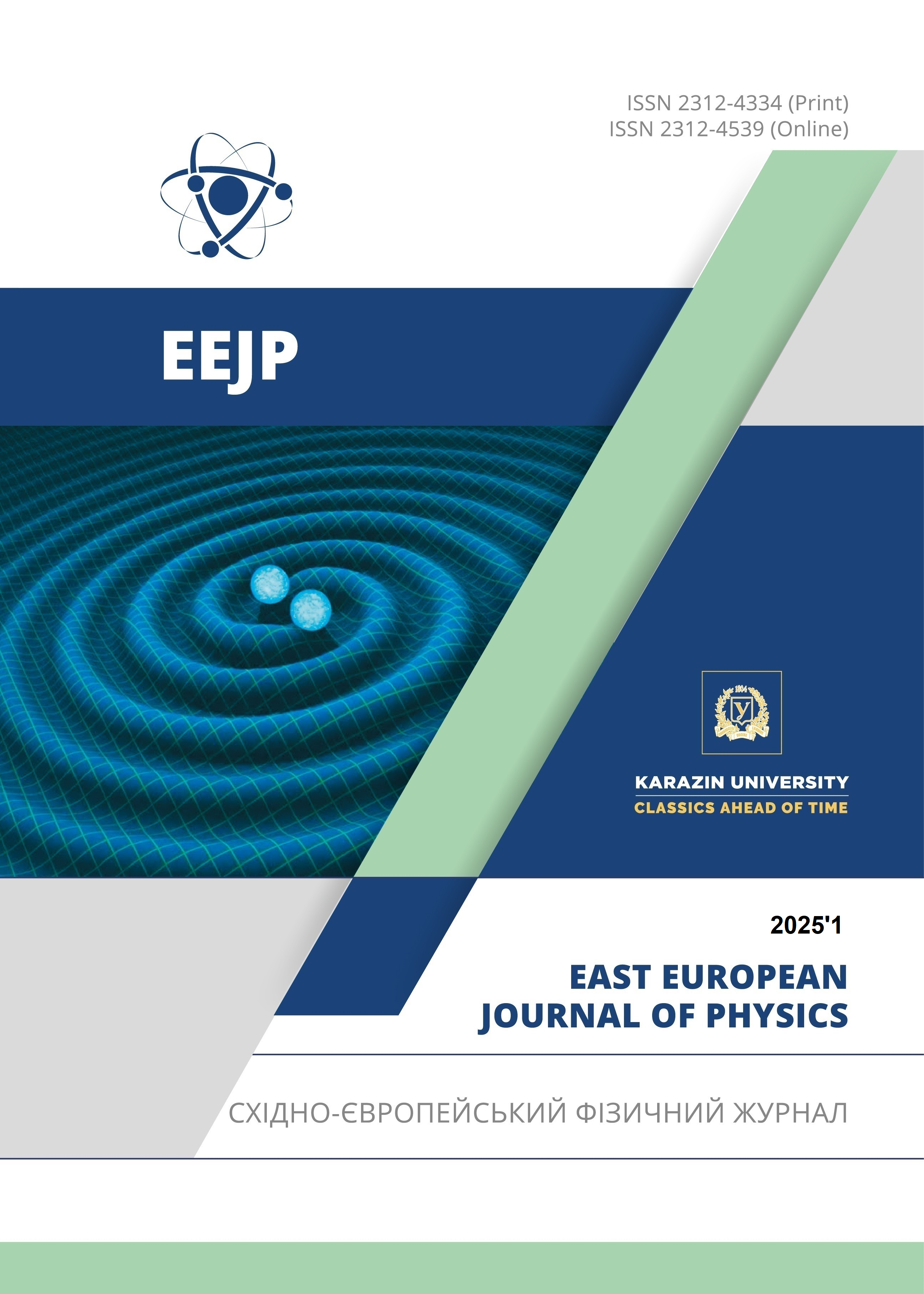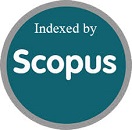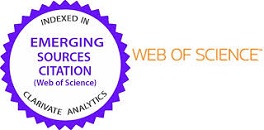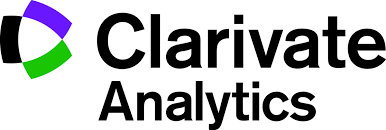Аналіз вищих обертонних коливальних частот в циклогексані за допомогою алгебраїчного підходу Лі
Анотація
У цьому дослідженні представлено складний обчислювальний підхід до прогнозування вищих обертонних коливальних частот D3d точкової групи циклогексану (C6H12), зокрема третьої, четвертої та п’ятої. Ми використовуємо алгебраїчний метод Лі в рамках коливального гамільтоніана. У цьому підході використовуються вуглець-водневі (C-H) і вуглець-вуглецеві (C-C) зв’язки циклогексану як унітарні алгебри Лі, точно моделюючи молекулярну коливальну структуру. Як наслідок, коливальний гамільтоніан включає інваріантні оператори та параметри Казимира та Майорани, ефективно окреслюючи коливальні режими молекули. Цей алгебраїчний метод Лі пояснює вібраційну динаміку циклогексану з вищими обертонами та дає цінну інформацію для застосування в різних галузях досліджень та технологій.
Завантаження
Посилання
I.S. Butler, R.P. Kengne-Momo, G. Jaouen, C. Policar, and A. Vessières, “Recent Analytical Applications of Molecular Spectroscopy in Bioorganometallic Chemistry—Part I: Metal Carbonyls,” Appl. Spectrosc. Rev. 47(7), 531–549 (2012). https://doi.org/10.1080/05704928.2012.673189
I.S. Butler, R.P. Kengne-Momo, A. Vessières, G. Jaouen, and C. Policar, “Recent Applications of Molecular Spectroscopy in Bioorganometallic Chemistry–Part 2: Ferrocenes and Other Organometallic Complexes,” Appl. Spectrosc. Rev. 47(8), 620–632 (2012). https://doi.org/10.1080/05704928.2012.697088
S. Brodersen, and J.-E. Lolck, “Calculation of rotation-vibrational energies directly from an anharmonic potential function,” J. Mol. Spectrosc. 126(2), 405-426 (1987). https://doi.org/10.1016/0022-2852(87)90246-3
P.T. Panek, A.A. Hoeske, and C.R. Jacob, “On the choice of coordinates in anharmonic theoretical vibrational spectroscopy: Harmonic vs. anharmonic coupling in vibrational configuration interaction,” J. Chem. Phys. 150(5), 054107 (2019). https://doi.org/10.1063/1.5083186
K.B. Beć, J. Grabska, and C.W. Huck, “Current and future research directions in computer-aided near-infrared spectroscopy: A perspective,” Spectrochim. Acta A. 254, 119625 (2021). https://doi.org/10.1016/j.saa.2021.119625
G. Pitsevich, and A. Malevich, “Symmetry properties, tunneling splittings of some vibrational energy levels and torsional IR spectra of the trans- and cis-conformers of hydroquinone molecule,” J. Mol. Spectrosc. 404, 111937 (2024). https://doi.org/10.1016/j.jms.2024.111937
G. Pandimeena, T. Mathavan, E.J.J. Samuel, and A.M.F. Benial, “Quantum chemical, spectroscopic and molecular docking studies on methyl 2-chloro-6-methyl pyridine-4-carboxylate: A potential inhibitor for irritable bowel syndrome,” Spectrochim. Acta Part A: Mol. Biomol. Spectrosc. 294, 122544 (2023). https://doi.org/10.1016/j.saa.2023.122544
A.V. Nikitin, A. Campargue, A.E. Protasevich, M. Rey, K. Sung, and Vl.G. Tyuterev, “Analysis of experimental spectra of phosphine in the Tetradecad range near 2.3 μm using ab initio calculations,” Spectrochim. Acta Part A: Mol. Biomol. Spectrosc. 302, 122896 (2023). https://doi.org/10.1016/j.saa.2023.122896
I.M. Chandramalar, and V.P. Subhasini, “Vibrational spectroscopic analysis of 2,3:4,5-Bis-O-(1-methylethylidene)beta-D-fructopyranose Sulfamate (Topiramate) by density functional method,” Spectrochim. Acta Part A: Mol. Biomol. Spectrosc. 302, 122997 (2023). https://doi.org/10.1016/j.saa.2023.122997
V. Jaliparthi, “Vibrational Energies of Silylene, Difluorosilylene and Dichlorosilylene, Using U(2) Lie Algebraic Model,” Ukr. J. Phys. Opt. 23(3), 126-132 (2022). https://doi.org/10.3116/16091833/23/3/126/2022
A.G. Rao, K. Lavanya, and J. Vijayasekhar, “Higher Overtone Vibrational Frequencies of Cyclobutane-D8 Using Lie Algebraic Framework,” East Eur. J. Phys. (2), 411-415 (2024). https://doi.org/10.26565/2312-4334-2024-2-53
J. Vijayasekhar, P. Suneetha, and K. Lavanya, “Vibrational spectra of cyclobutane-d8 using symmetry-adapted one-dimensional Lie algebraic framework,” Ukr. J. Phys. Opt. 24, 193-199 (2023). https://doi.org/10.3116/16091833/24/3/193/2023
F. Iachello, and R.D. Levine, Algebraic theory of molecules, (Oxford University Press, Oxford, 1995).
S. Oss, “Algebraic models in molecular spectroscopy,” Adv. Chem. Phys. 93, 455-649 (1996).
T. Sreenivas, and J. Vijayasekhar, “Exploring Cyclohexane Vibrational Dynamics Through a Lie Algebraic Hamiltonian Framework,” Ukr. J. Phys. Opt. 25(3), 03093-03100 (2024). https://doi.org/10.3116/16091833/Ukr.J.Phys.Opt.2024.03093
Авторське право (c) 2025 М.В. Субба Рао, Т. Срінівас, Дж. Віджаясекар

Цю роботу ліцензовано за Міжнародня ліцензія Creative Commons Attribution 4.0.
Автори, які публікуються у цьому журналі, погоджуються з наступними умовами:
- Автори залишають за собою право на авторство своєї роботи та передають журналу право першої публікації цієї роботи на умовах ліцензії Creative Commons Attribution License, котра дозволяє іншим особам вільно розповсюджувати опубліковану роботу з обов'язковим посиланням на авторів оригінальної роботи та першу публікацію роботи у цьому журналі.
- Автори мають право укладати самостійні додаткові угоди щодо неексклюзивного розповсюдження роботи у тому вигляді, в якому вона була опублікована цим журналом (наприклад, розміщувати роботу в електронному сховищі установи або публікувати у складі монографії), за умови збереження посилання на першу публікацію роботи у цьому журналі.
- Політика журналу дозволяє і заохочує розміщення авторами в мережі Інтернет (наприклад, у сховищах установ або на особистих веб-сайтах) рукопису роботи, як до подання цього рукопису до редакції, так і під час його редакційного опрацювання, оскільки це сприяє виникненню продуктивної наукової дискусії та позитивно позначається на оперативності та динаміці цитування опублікованої роботи (див. The Effect of Open Access).








